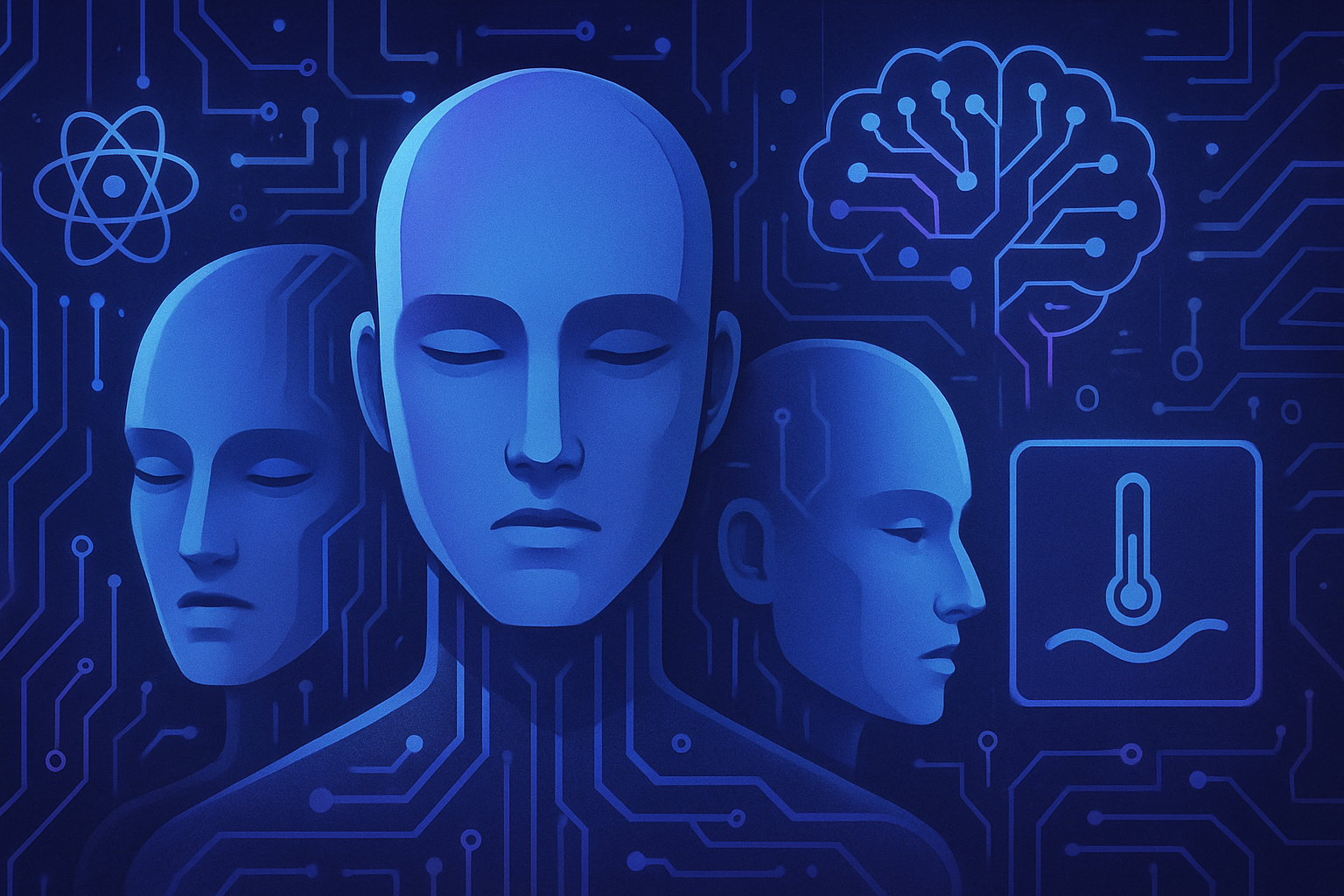Artificial intelligence (AI) is becoming an essential tool in the fight against crime. The AFP, faced with a colossal volume of data, justifies the integration of AI into its analysis processes. The necessity to examine astronomical amounts of information from seized phones and emails relegates human capabilities to an insufficient scale.
*AI allows for the optimization of the processing of massive data.* Investigations, with an average of 40 TB to analyze per case, require relevant technological solutions. *The associated ethical issues raise fundamental questions* regarding the balance between public safety and respect for individual rights. The use of AI by the AFP is thought-provoking, driven by a desire to advance in the face of the growing complexity of digital crimes.
Justification for the use of AI by the AFP
The Australian Federal Police (AFP) has recently expressed the need to resort to artificial intelligence (AI) to process an unprecedented volume of data. Investigations, on average, generate over 40 terabytes of information. The multitude of data comes notably from the 58,000 annual reports received as part of the fight against child exploitation.
A major technical challenge
Benjamin Lamont, the head of the AFP’s technology strategy, emphasized that the scale of information to be analyzed exceeds human capabilities. At an AI conference organized by Microsoft, he specified that the organization was facing a challenge “beyond human capabilities.”
Currently, each intervention in a home can reveal a multitude of old phones gathered together. Lamont stated that the advent of AI appears inevitable to examine these elements and ensure that they have not been used in criminal activities.
Technologies and AI tools in development
As part of its evolution, the AFP is committed to the development of a tailored AI. This process includes, among other things, translating millions of emails and analyzing thousands of hours of video. The use of Microsoft tools proves valuable for this endeavor, particularly for processing 7,000 hours of audiovisual material.
Some analyses rely on an unprecedented dataset of 10 petabytes (1,024 terabytes), with each seized phone potentially containing up to 1 terabyte of information. The agency focuses on structuring the collected files in order to simplify the task for investigators.
Preservation of rights and ethics
The AFP is also developing AI tools designed to detect manipulated images and to ensure that data collected during investigations is processed securely. The agency strives to maintain a completely disconnected work environment to preserve data confidentiality.
Furthermore, it is exploring the potential use of generative AI to provide textual summaries of images before they are viewed by investigators, thus limiting their exposure to sensitive content.
Reactions to criticism
The AFP’s use of certain technologies, such as Clearview AI, has sparked controversy. Although this method has been criticized multiple times, Lamont admitted that the AFP has “not always acted well” in this regard.
The organization has established a committee responsible for technology ethics to continuously assess the use of AI tools. This committee aims to strengthen internal processes and ensure that decisions are based on constant vigilance regarding ethical issues.
Commitment to ethics and transparency
The AFP believes it is essential to involve humans in the decision-making process related to the use of AI. Officials emphasize the importance of enhanced transparency in public communication concerning the use of these technologies.
As the AFP continues to integrate these innovations, it is essential for AI applications to meet high standards of respect for human rights and ethics.
Frequently asked questions about the use of artificial intelligence by the AFP
Why does the AFP use artificial intelligence to analyze seized phones and emails?
The AFP justifies the use of artificial intelligence due to the colossal volume of data, estimated at 40 terabytes per investigation, and the urgent need to process this information efficiently to address crime issues, particularly concerning child exploitation and cyber incidents.
What are the main features of the artificial intelligence employed by the AFP?
The artificial intelligence used by the AFP allows for structuring files, detecting deepfake images, translating large volumes of emails, and summarizing audiovisual content before it is reviewed by agents, thereby preventing exposure to graphic images.
What is the size of the data processed by the AFP during investigations?
In some investigations, the AFP may process up to 10 petabytes of data, which far exceeds human processing capacity, hence the necessary resort to artificial intelligence.
How does the AFP ensure ethics in the use of artificial intelligence?
The AFP has established a responsible technology committee to continuously evaluate the use of new technologies. This committee ensures that AI analysis processes are ethical and respect individuals’ rights.
What types of content are analyzed by the AFP’s AI?
The content analyzed by the AI includes a variety of files, such as emails, lengthy videos, and data from seized mobile phones in the context of criminal investigations.
How does AI assist AFP agents in their investigations?
It automates and accelerates data processing, allowing agents to focus on analysis and decision-making rather than sorting through raw information.
What challenges does the AFP face in integrating AI?
Challenges include managing data volumes, continuously improving AI algorithms, and integrating accompanying ethical considerations, especially regarding privacy and the protection of personal data.
How does the AFP ensure transparency in its use of AI?
The AFP publicly communicates its practices regarding the use of artificial intelligence and ensures that humans are always involved in the decision-making process based on the results provided by the AI.






